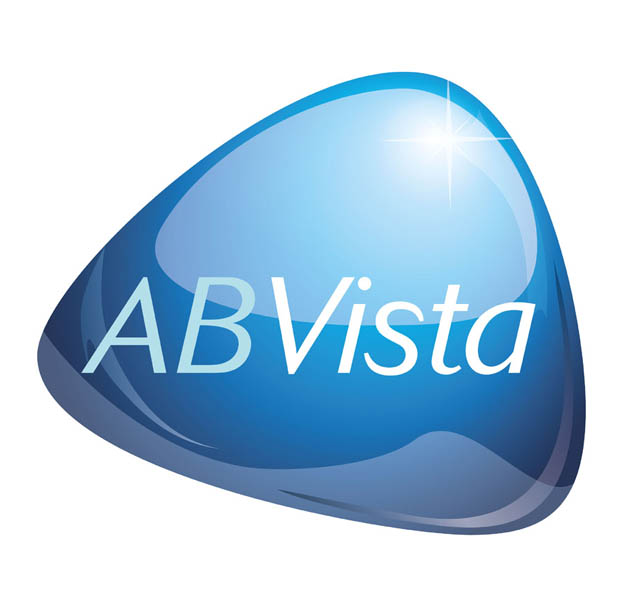Recent developments in near infra-red (NIR) spectroscopy have the potential to substantially improve feed formulation precision and reduce losses associated with feed ingredient variability.
Feed costs account for up to 80% of the total variable costs of animal production, and both under- and over-supply of nutrients translate directly into economic losses through higher feed costs or lower animal performance. The development around the latest real-time NIR analysis of feed ingredients therefore offers the opportunity to substantially reduce the costs of production.
Such opportunities for NIR technology are to be discussed in detail by Dr Hadden Graham, AB Vista’s Global Technical Director, at the Pig Feed Quality Conference in Bangkok, Thailand, from 31 March to 1 April.
“NIR technology is already well established within the pork industry as a tool for feed quality control and quality assurance,” states Dr Graham. “The latest developments in both hardware and software allow this use to be extended to provide extremely rapid and accurate predictions of the nutritional composition of feedstuffs.
“This not only allows more effective raw material purchasing decisions, but also enables diet formulations to be adjusted in real-time based on actual feed batch analysis, rather than standard book values.”
A major research programme has been undertaken over the past 20 years to develop the NIR calibrations needed to accurately predict nutritional value of common feedstuffs across several species, including pigs. The research also highlighted the wide variability that exists within and between feed ingredients.
“Energy content in cereals was found to vary by up to 4 MJ DE/kg DM in barley, whilst canola meal lysine content ranged from 16-23 mg/kg DM,” Dr Graham continues. “In addition, the proportion of reactive lysine in canola meal available for utilisation by the pig varied from 66-100%.
“NIR calibrations that allow the real-time prediction of the phytate content in pig diets have also been developed, allowing phytase inclusion rates to be adjusted to maximise feed cost savings from phosphorus release.”
The presentation entitled, ‘Taking NIR beyond feedstuff analysis to enhance pork production profitability’ will be made by Dr Graham at 09:30 am local time on Friday 1 April.
For more information, contact AB Vista on +44(0)1672 517 650 or info@abvista.com.
ends
Notes to editor:
AB Vista is an animal nutrition technology company offering pioneering products and technical services to the global animal feed industry. Since its establishment in 2004, AB Vista has grown to be a top-three player in feed enzymes and is also one of the largest suppliers of natural betaine to the global animal nutrition industry. The company invests heavily in research and development and has a growing portfolio of products and services spanning the poultry, swine, ruminant and aquaculture sectors. AB Vista is headquartered in the UK, with regional offices located in the USA, Brazil, Singapore, Spain, India, China, Germany and Finland.
AB Vista is part of AB Agri, the agricultural division of Associated British Foods, one of Europe’s largest food & retail companies with a market capitalisation of £26 billion.
For further press information please contact Nic Daley or Mike Keeler on +44 (0)20 8647 4467.
ABV/171/16



